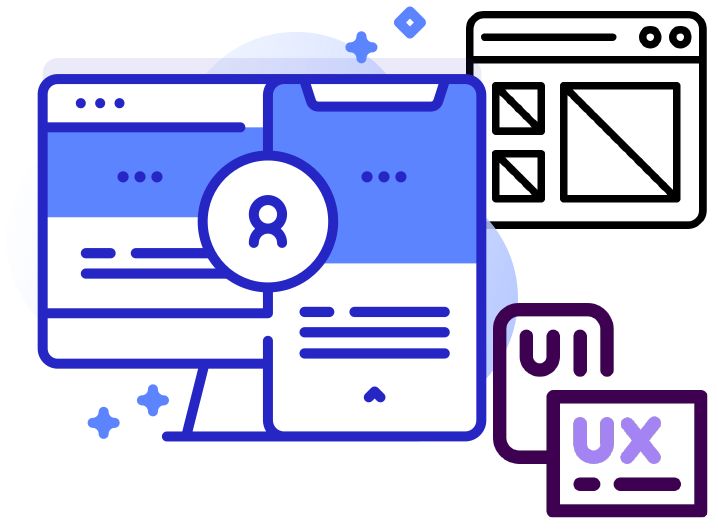The Art and Science of UX Design: Crafting Exceptional Digital Experiences

In the ever-evolving digital landscape, understanding the nuances of User Interface (UI) and User Experience (UX) design is crucial. While UI comprises visual elements enabling interaction, UX encapsulates the holistic user journey and feelings associated with a product or service. This distinction is pivotal in creating memorable digital experiences.
UI vs UX: Decoding the Essence: UI involves screens, buttons, and icons, dictating how users interact with a product. In contrast, UX delves into the internal experience, shaping user perceptions. The balance between aesthetically pleasing UI and seamless UX defines exceptional design. For a detailed exploration of the difference between UI and UX, visit Difference between UI & UX – User Experience Design & Technology.
Seven Factors Shaping User Experience:
- Valuable: Products offering solutions and enriching experiences hold value.
- Accessible: Inclusive design ensures accessibility for all, fostering brand trust.
- Desirable: Emotional design, branding, and aesthetics create desirability.
- Useful: Purpose-driven products find utility, ensuring widespread adoption.
- Findable: Easy navigation and content accessibility enhance user experience.
- Credible: User trust is paramount; credibility is earned through consistent reliability.
- Usable: Efficient usability empowers users to achieve goals effectively.
For a comprehensive insight into User Experience, explore 7 Factors of User Experience – User Experience Design & Technology.
The UX Design Process: Unveiling the Layers:
- Understanding the Problem: Define the problem, user personas, and strategy.
- Mapping Functionality: Create a functionality map, organizing product hierarchy.
- Wireframes: Visual guides outlining product structure and design elements.
- Prototyping: Mockup version for user testing, refining user interaction.
- Usability Testing: Real user testing identifies challenges, ensuring optimal usability.
Dive deeper into the UX design process at UX Design Process – User Experience Design & Technology.
Key Components of UX Design: A Dive Deeper:
- Information Architecture: Designing intuitive navigation for seamless user experiences.
- Interaction Design: Conceptualizing user-product interactions, focusing on aesthetics.
- Usability: Ensuring user-friendliness and error handling for smooth interactions.
- Wireframing: Testing product features and usability before development.
- Visual Design: Defining brand identity, impacting user behavior and interaction.
For an extensive exploration on Key Components of UX Design, visit What is User experience design? – User Experience Design & Technology.
The Significance of UX in Modern Applications: In today’s intricate digital sphere, software applications are multifaceted, delivered across diverse platforms. Efficient UX design is pivotal, enhancing user satisfaction and efficiency. Considering UX as a core element in software development is not just necessary; it’s a transformative approach.
Conclusion: Crafting Digital Masterpieces: In the realm of UI/UX design, understanding user needs, embracing inclusivity, and focusing on seamless interactions are paramount. The synergy of intuitive UI and enriching UX results in digital masterpieces. Dive into the world of UI/UX design, where every click, icon, and emotion shape the digital journey.
[For in-depth insights on UI/UX design and to explore the artistry behind digital experiences, visit Weblogs – User Experience Design & Technology for expert perspectives and industry updates.]


